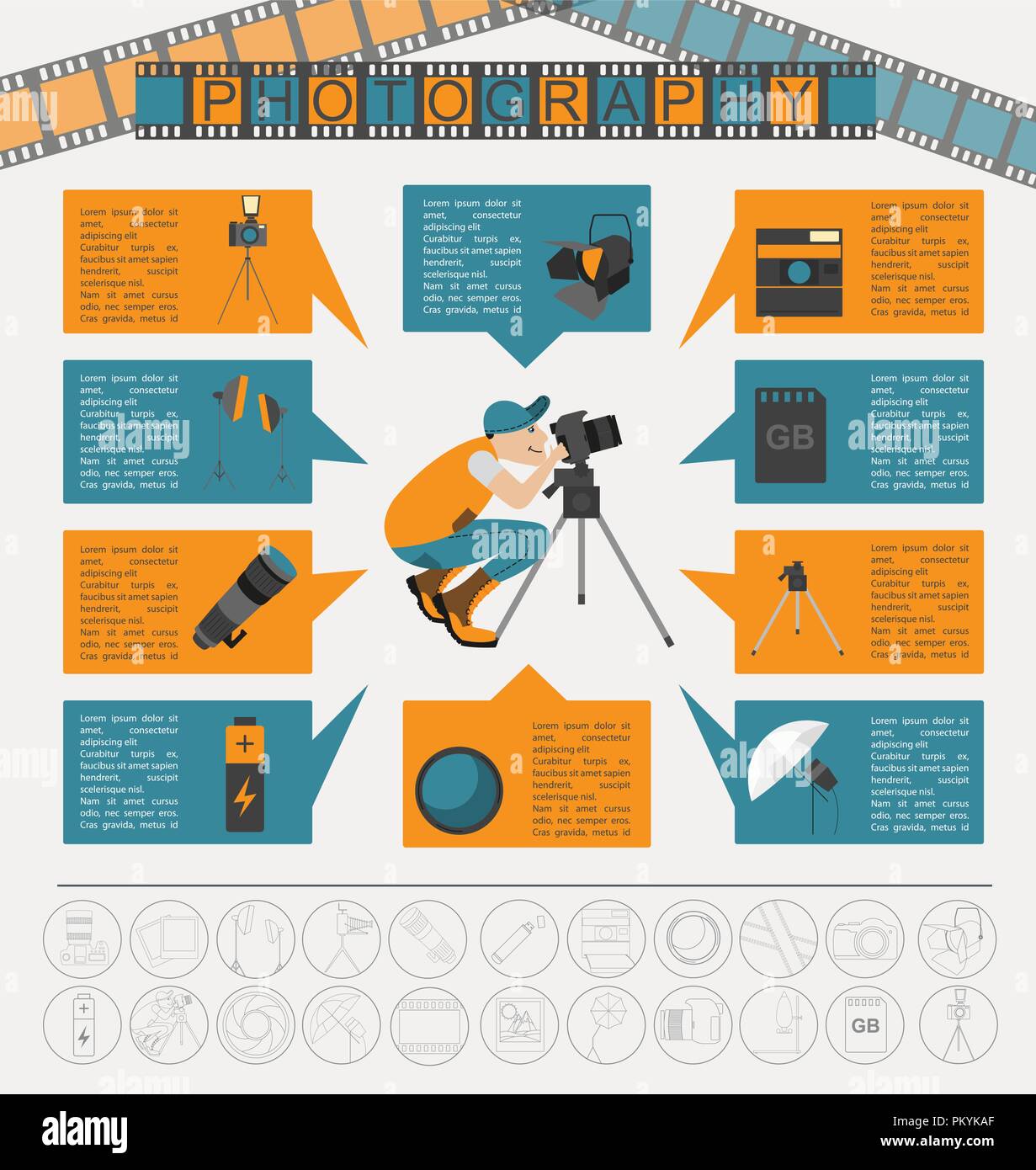Transform Your Photography By Understanding Lighting Strategies That Can Elevate Your Photos-- Find The Usual Risks That Could Be Holding You Back
Transform Your Photography By Understanding Lighting Strategies That Can Elevate Your Photos-- Find The Usual Risks That Could Be Holding You Back
Blog Article
Composed By-Rogers Brady
As a photographer, you know that lights can make or damage your photos. Comprehending the subtleties of both natural and fabricated light is necessary for recording the state of mind and clearness you go for in your job. Whether you're going after the excellent golden hour radiance or tweak your man-made arrangements, grasping these components can elevate your photography significantly. But there prevail pitfalls that several neglect, and recognizing them can change your method to every shoot. Let's discover what you might be missing out on and just how it can affect your outcomes.
Understanding Natural Light
Comprehending natural light is important for any professional photographer wanting to boost their work. It's the foundation of fantastic photography, influencing state of mind, tone, and clarity. When you shoot outdoors, take notice of the moment of day. The golden hour-- quickly after dawn and prior to sunset-- provides soft, warm light that can change ordinary scenes into stunning pictures.
Don't take too lightly the power of overcast days. Cloud cover diffuses sunlight, producing a soft, even light that's excellent for portraits and macro digital photography. You'll locate colors appear this kind of illumination without extreme shadows.
Placing issues, also. Always consider your subject's orientation to the light. If the sunlight's behind your topic, you might wind up with a shape, which can be remarkable however mightn't be what you want. On the other hand, straight sunlight can produce uncomplimentary shadows.
Explore angles; often, altering your point of view can yield remarkable results. Usage natural reflectors, like water or sand, to jump light onto your subject, including measurement.
Learning Artificial Light
Grasping synthetic light is essential for digital photographers that wish to take their skills to the following degree. Whether you're utilizing speedlights, workshop strobes, or continuous lights, recognizing exactly how to control these resources can substantially enhance your photos.
Beginning by familiarizing on your own with the basics of light quality, instructions, and color temperature. Trying out various modifiers like softboxes, umbrellas, or grids to manage the softness or harshness of the light.
You'll locate that soft light commonly creates flattering results, while harsher light can include drama and depth. Do not shy away from darkness; they can enhance the three-dimensionality of your topics.
Pay close attention to the positioning of your lights. A light positioned too close to your topic can produce uncomplimentary results, while too far away can lead to an absence of information. Utilize a light meter or your video camera's pie chart to guarantee you're revealing correctly.
Finally, keep in mind that artificial light can be combined with ambient light for innovative results. Balancing these resources might take practice, but once you grasp it, your digital photography will absolutely beam.
Strategies for Various Circumstances
When you enter different capturing scenarios, adjusting your illumination techniques is important for recording the most effective pictures. For outdoor pictures, make use of the golden hour-- morning or late afternoon light-- to soften shadows and improve skin tones.
If it's an extreme midday sunlight, take into consideration making use of a reflector to jump light back onto your topic or seek shaded areas for an extra also exposure.
In http://bouldergazette.com/digital-aerial-photography-system-market-size-2020-business-strategies-progression-status-opportunities-future-trends-top-key-players-market-share-and-global-analysis-by-forecast-to-2026/10684/ -light scenarios, like indoor occasions, boost your ISO and use a broad aperture to allow in more light. A tripod can aid get rid of camera shake, enabling longer exposures without blurring.
If you're contending night, experiment with off-camera flash to develop vibrant lights and depth in your pictures.
For product digital photography, utilize diffused lighting to stay clear of harsh reflections. Softboxes or light tents can assist achieve this result.
When photographing landscapes, take into consideration the direction of light and time of day, as it can substantially alter the mood of your shot.
Always prepare to readjust your setups and placing based upon the circumstance, as adaptability is crucial to understanding illumination in photography.
Conclusion
Finally, mastering lighting is essential to raising your photography abilities. Accept all-natural light's elegance during gold hour, and don't shy away from try out man-made light strategies. By adjusting your method to different scenarios, you'll catch magnificent images that reverberate with emotion and clarity. Bear in mind, the appropriate lighting can change an average shot into something remarkable, so keep exercising and improving your understanding of both natural and artificial light. please click the up coming article capturing!
